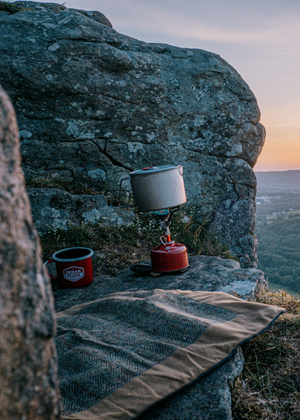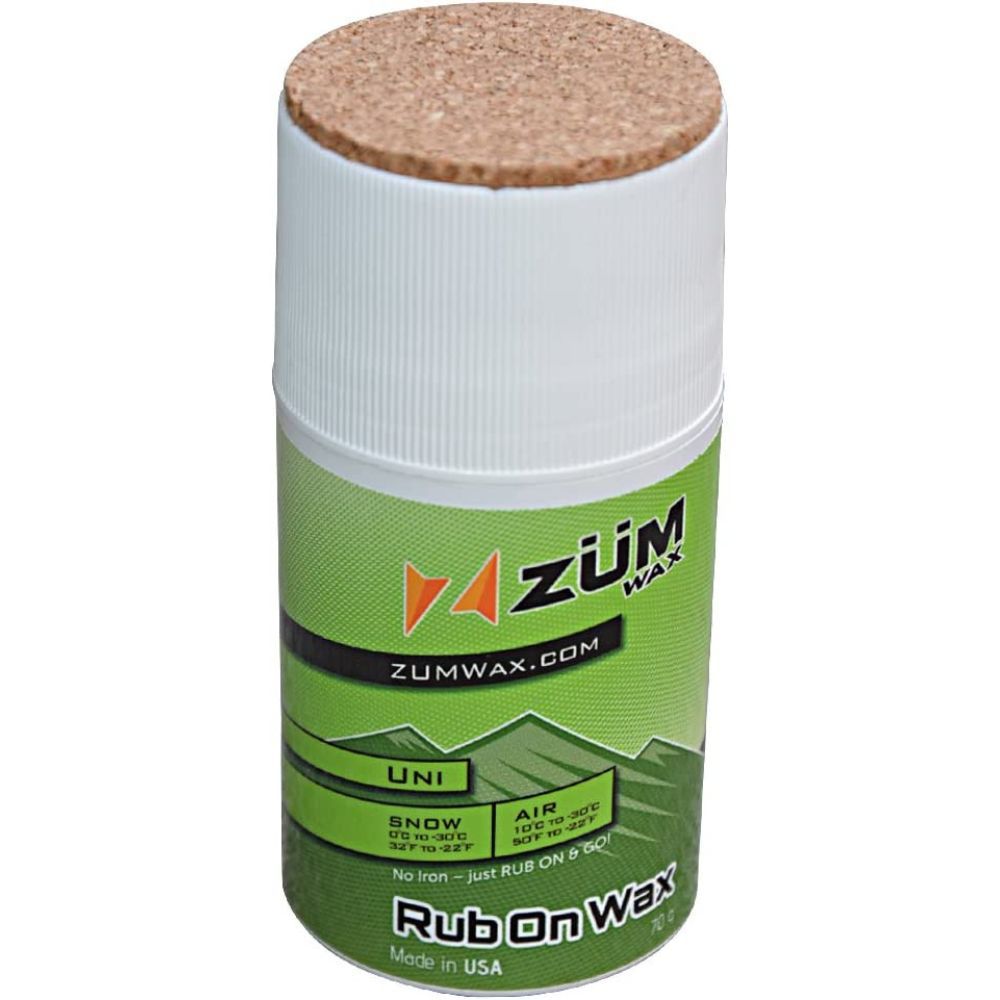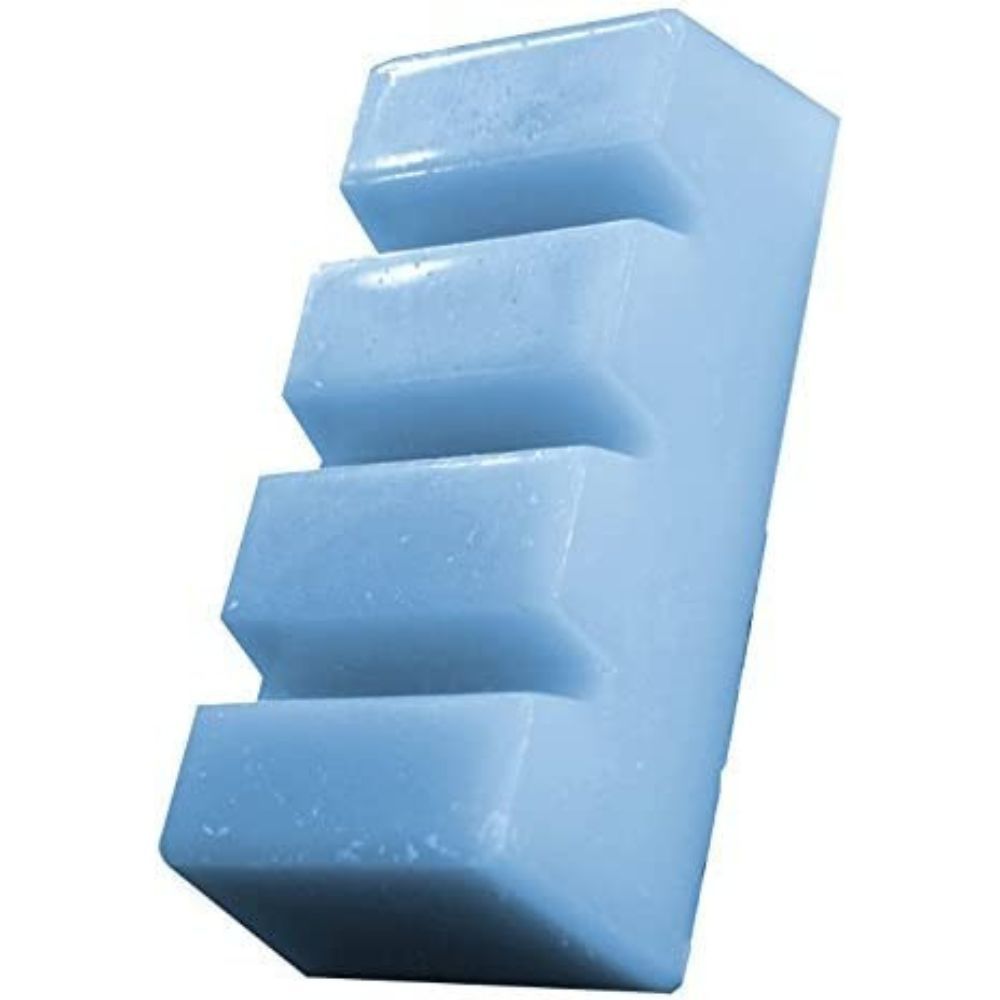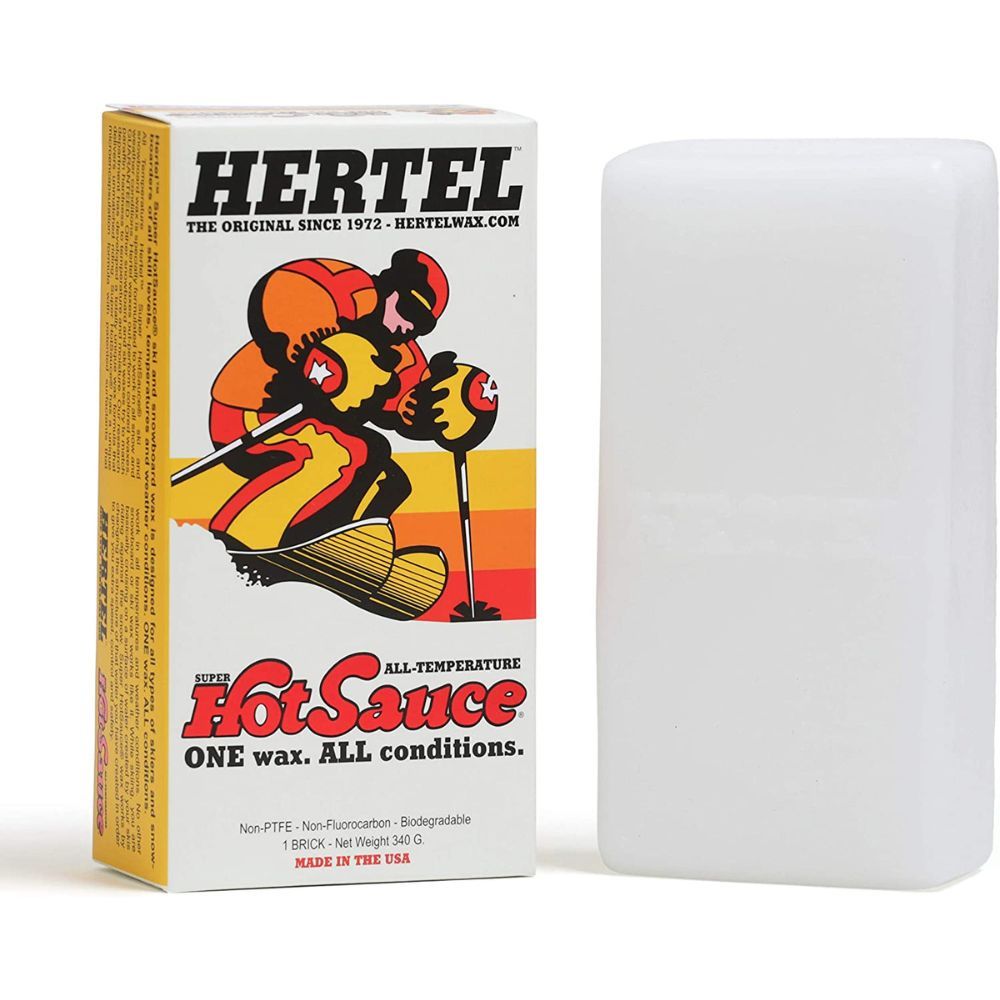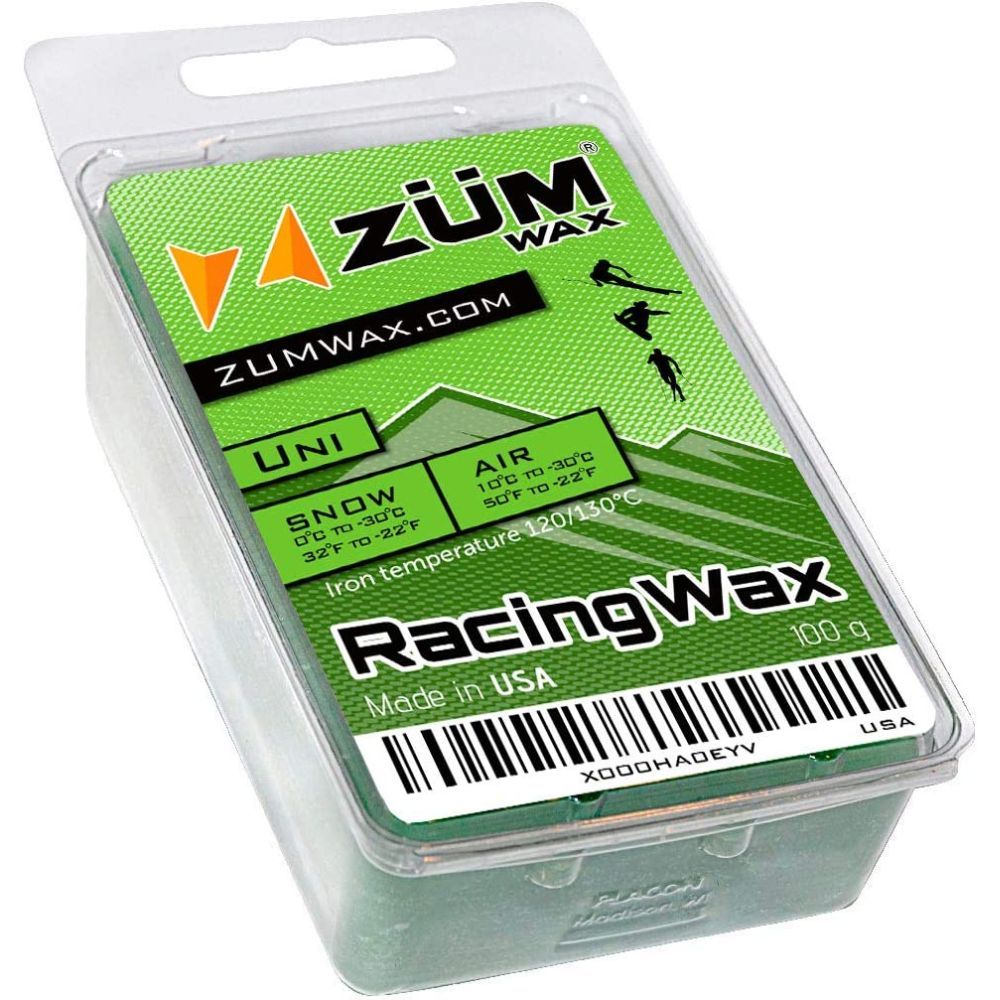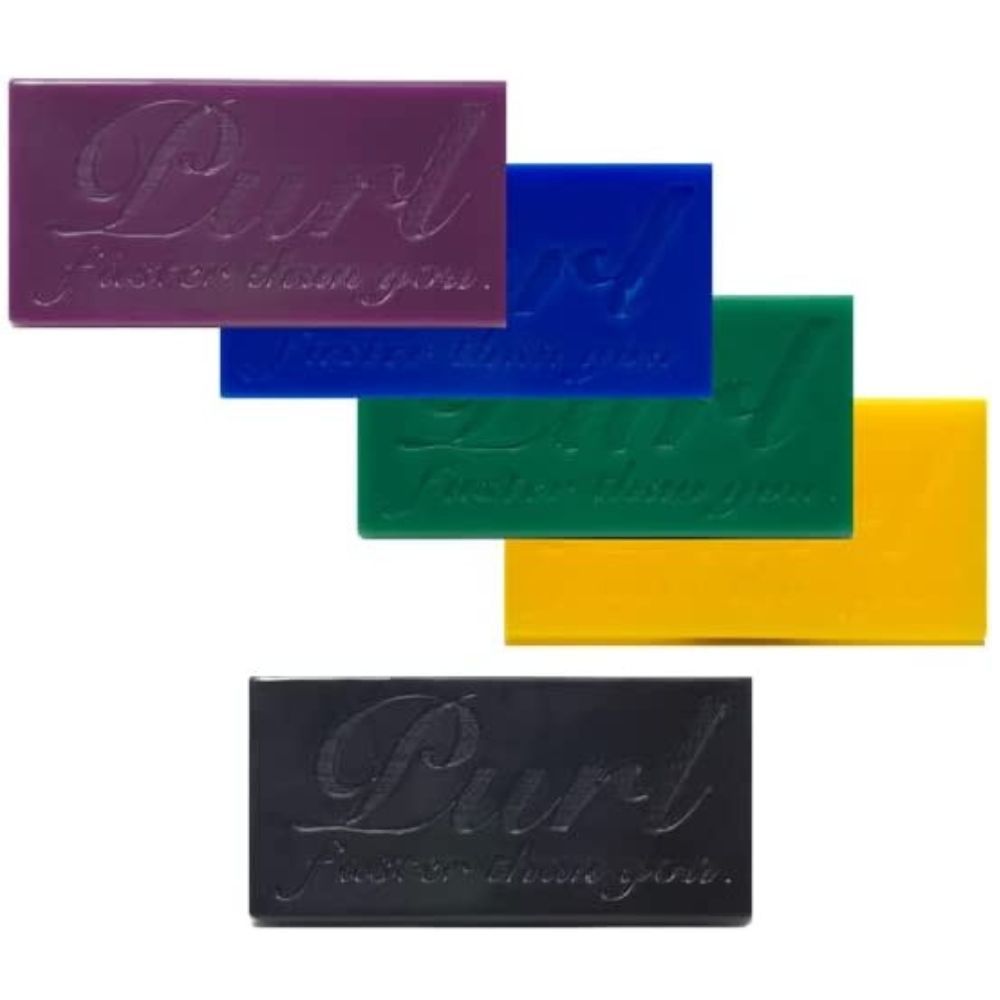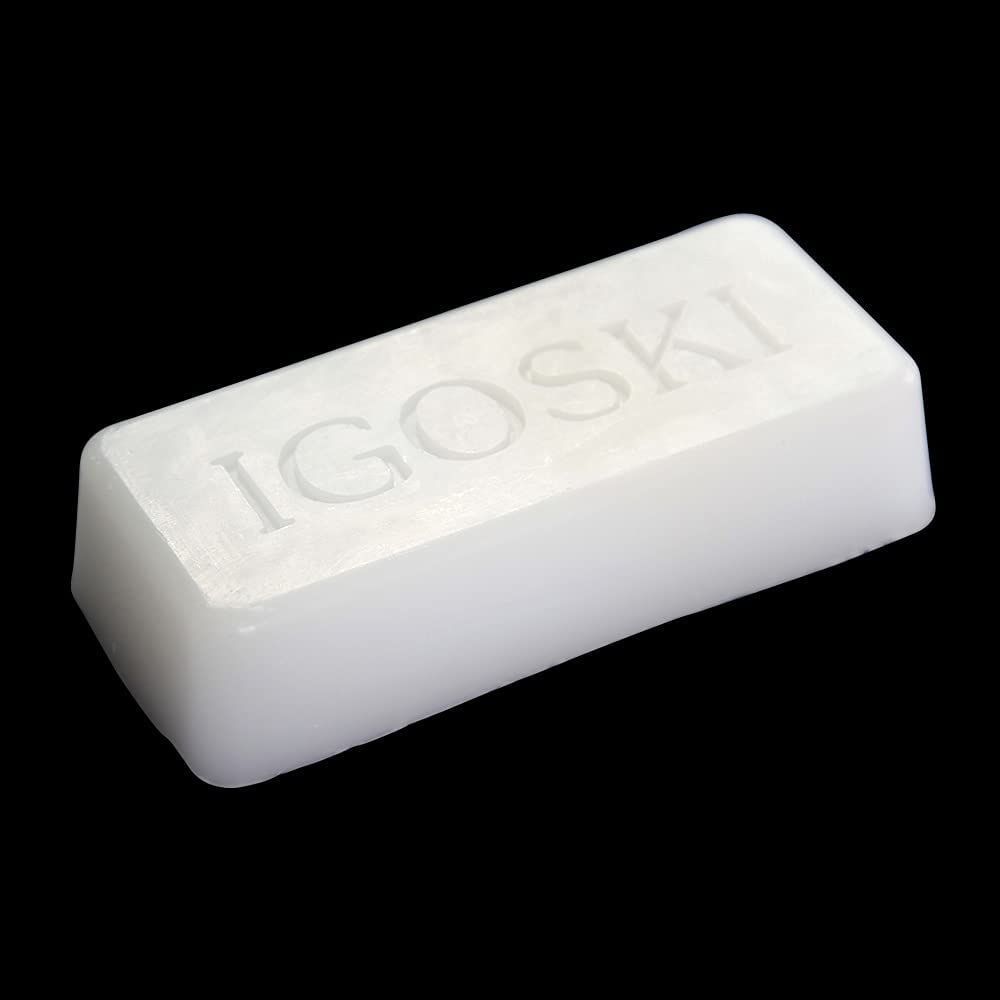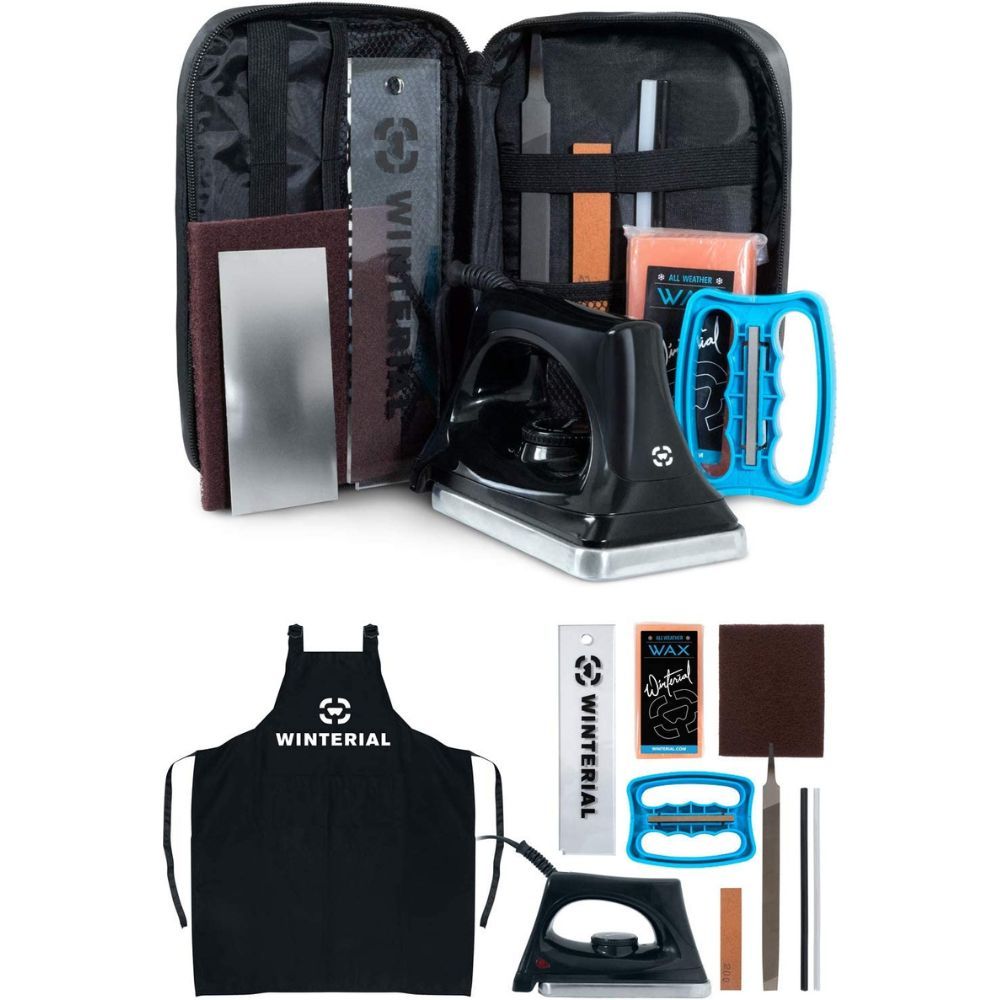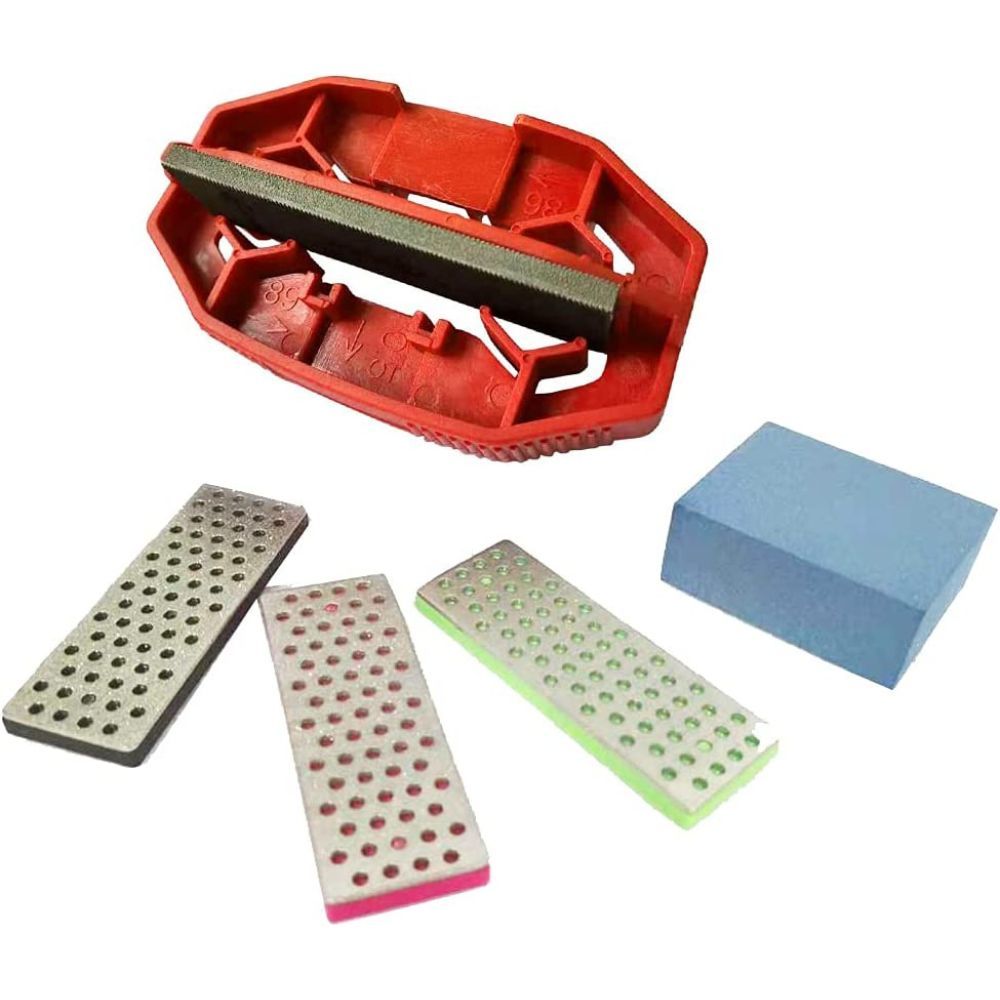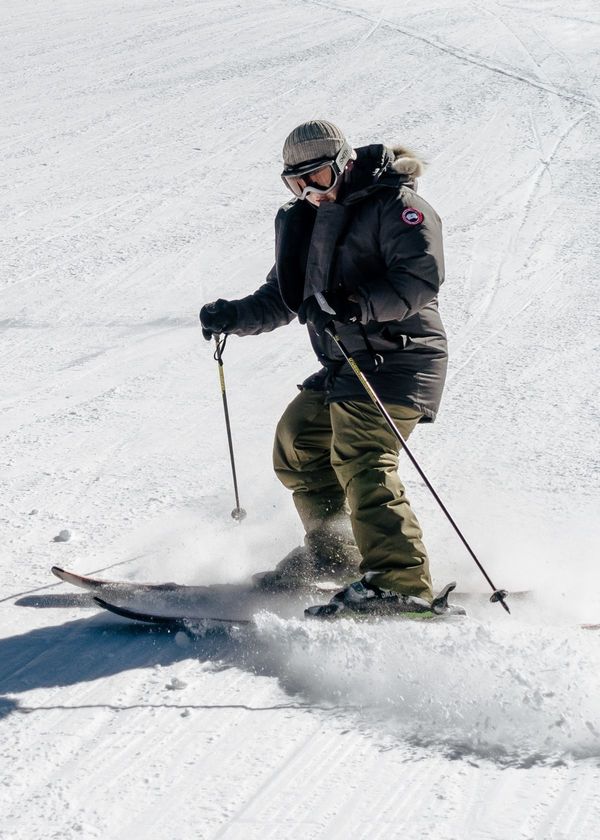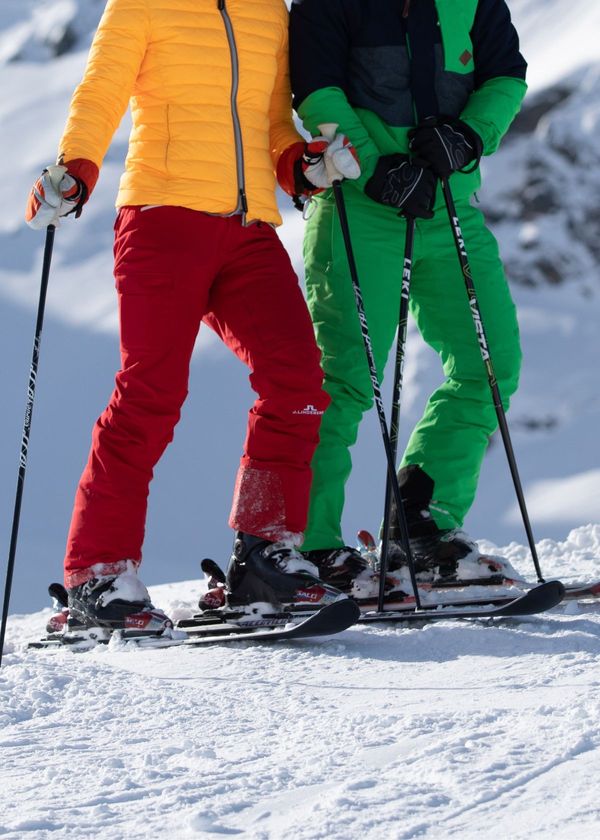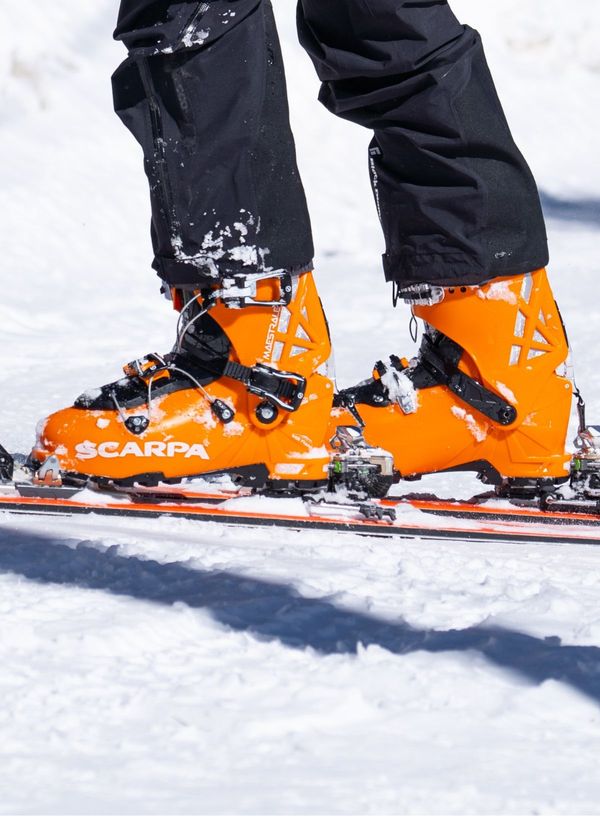Unleash Your Best Ride: Master the Art of Snowboard Waxing!
The mountains are calling, and the snowboarding season is at its peak! It's that exhilarating time of year when fresh powder beckons, and your board is your loyal companion in carving unforgettable trails.
But wait, is your board ready to glide seamlessly through the snow?
The secret to that flawless ride lies in a simple yet crucial task: waxing your snowboard.
Whether you're a newcomer to the slopes or a seasoned rider dusting off your gear, understanding the nuances of snowboard wax is essential. This guide isn't just about slapping on some wax; it's about fine-tuning your board's performance to match the unique conditions of the slopes you'll conquer.
Choosing the right snowboard wax isn't just a chore; it’s an art. The wax you select can transform your ride, adapting your board to the varying temperatures and types of snow you'll encounter.
So, let's dive in and demystify the world of snowboard waxes. Get ready to elevate your snowboarding experience to new, exhilarating heights!
There are three main types of wax:
- A hot temperature wax is best for temperatures above freezing,
- A warm temperature wax is best for temperatures between 20 and 50 degrees Fahrenheit,
- A cold temperatures wax is best for temperatures below 20 degrees Fahrenheit.
Another thing to consider when purchasing a snowboard wax is the type of base you have on your board.
There are two types of snowboard bases: extruded and sintered.
- Extruded bases are cheaper and easier to care for but they don't perform as well as sintered bases. An extruded snowboard base is best for riding rails.
- If you have a sintered base on your board, you'll need to use a harder wax than if you have an extruded base. Most non rail snowboarders have a sintered base.
Finally, consider the condition of your base.
If your base is really dirty or damaged, you'll need a more aggressive wax to clean and repair it to keep your snowboard running smoothly. A good all-around snowboard wax is usually best for most riders.
Now that you know what to look for when buying a snowboard wax,
here are six tips for applying it correctly:
- Make sure your board is prepped properly, clean and free of dirt and debris before starting the wax job.
- Apply the wax in small circles, making sure to cover the entire surface of the base.
- Let the wax dry completely before riding your board.
- Don't apply too much pressure when scraping off the excess wax - just use light strokes until it's removed.
- Keep your board in a cool, dry place when not in use to prevent the wax from melting or evaporating.
- Reapply the wax every few weeks or after riding in wet or icy conditions.
With these tips in mind, you're ready to choose the right snowboard wax and get out there and enjoy the slopes!
How We Choose
Waxing your snowboard is a necessary evil if you want to keep it performing well on the slopes.
It's hard to know which quality snowboard wax to choose, especially when there are so many different types and brands available.
We've done the research for you and found the best snowboard wax that are highly rated by snowboarders.
In addition, the included Frequently Asked Questions section below is provided to help make sure you get the right wax for your snowboard.
As an Amazon Associate, we earn on qualifying purchases at no cost to you (this helps to keep the lights on!)
Here are the Best Snowboard Waxes:
The ZUMWax RUB ON Wax is easy to apply.
The patented two-step application is simple and hassle-free: just rub on the universal wax and buff it into the base with the attached cork, then push up the container for easy on-hill good wax job application.
This RUB ON Wax is ideal for air temperatures ranging from 10°C to -30°C or 50°F to -22°F, and snow temperatures ranging from 0°C to -30°C or 32°F to -22°F.
Plus, it comes in a convenient 70 gram size that's perfect for an on-the-go quick wax job.
And this wax is made locally in the USA.
Demon Hyper Wax unique blend is perfect for any snow temperature, meaning you can always be at your best.
Developed in 1991 in Southern California, Demon Hyper Wax is still made there today, ensuring its quality and effectiveness.
With a premium scent and blend, this 1.06 pound block universal wax will help you speed down the mountain and feel confident doing it.
The Super HotSauce All Temperature Ski and Snowboard wax is specially formulated to work in all snow and weather conditions, giving you more control and less fatigue.
And because it can be applied hot or cold, it's easier than ever to use.
This Hertel Wax comes in 12 ounces.
Introducing ZUMWax Ski/Snowboard Racing Wax is incredibly fast in all temperatures, and is perfect for all types of skis and snowboards.
Made in the USA, this racing wax single 100 gram bar has an air temperature range of 10°C to -30°C or 50°F to -22°F, and a snow temperature range of 0°C to -30°C or 32°F to -22°F.
PURL all-temp wax is suitable for snow temps ranging from 10°F up to 32°F, making it the perfect option for all your winter sport needs.
PURL provides a fast, superior glide and durability in almost all snow conditions, so you can enjoy your ride for as long as possible.
In addition, this environmentally friendly wax is made with non-toxic, biodegradable wax blends that are free of harmful chemicals.
The IGOSKI All Temperature Ski and Snowboard Wax 180g is for All Template SKI and Snowboard.
If you're unsure exactly which wax to use for the day, this is a good all temp wax for your board.
Glides well in most snow conditions and temperature ranges.
Non-Fluoro, so its environmentally friendly. Wax iron temp, for all templates.
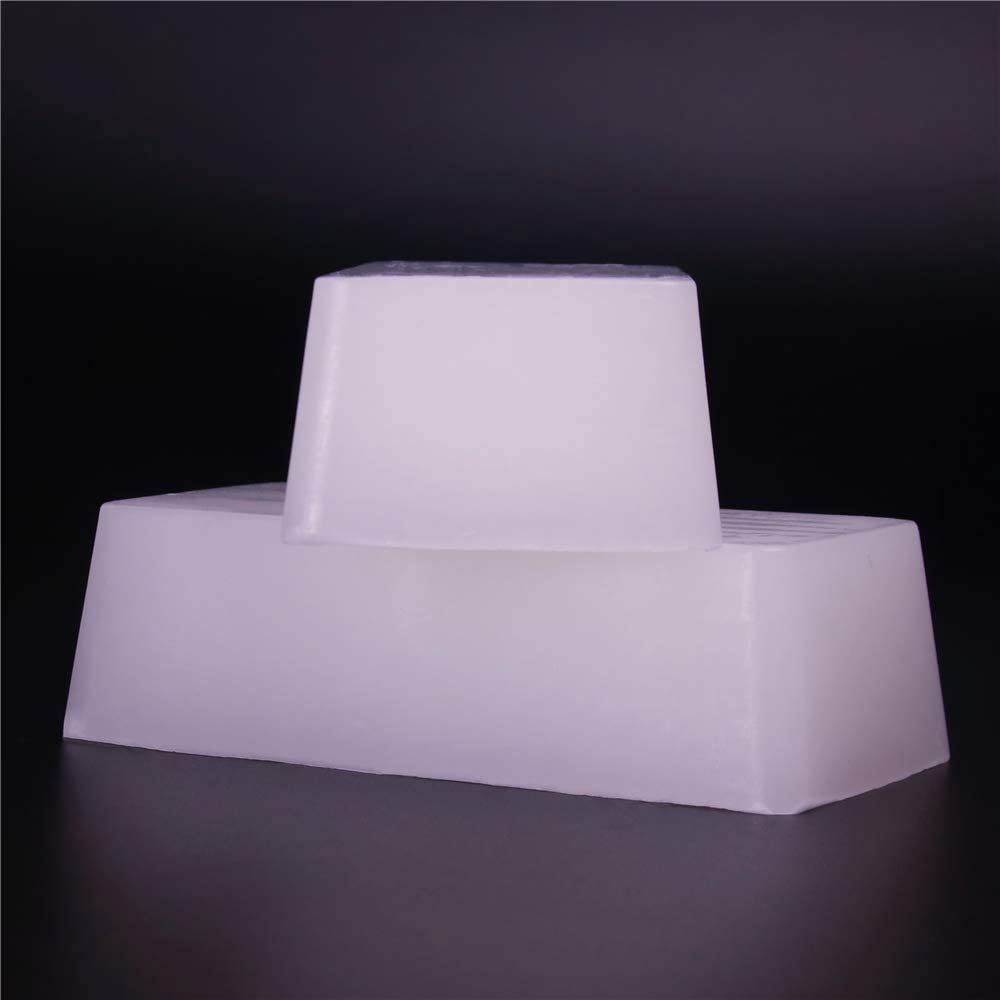
One Piece NGT SKI and Snowboard Wax All Temperature SKIS Preservation Accessories 250g
The One Piece NGT SKI and Snowboard Wax can be used on up to 25 boards
It is ideal for skiers and snowboarders of all levels.
It's also great for beginners, as it can help improve speed and preserve your equipment.
The Winterial Snowboard and Ski Tuning Kit, a compact and lightweight kit includes everything you need to tune your boards and skis, including a multi-angle tuner, all-temperature wax, waxing iron, and snowboard tuning essentials.
The tuner is calibrated for 87, 88, 89 and 90 degrees for superior sharpening precision, while the versatile waxing iron has adjustable settings between 100-400 degrees Fahrenheit and an extensive power cord.
The iron can be used to prime snowboards and skis for a super smooth ride.
The kit is user-friendly and comes with clear, easy-to-understand instructions.
The IGOSKI Snowboard Ski Edge Bevel Tuning kit is a complete kit that includes a side edge tuner, two diamond files, and a rubber abrasive block, everything you need to keep your snowboard's edges in tip-top condition.
The side edge tuner is perfect for base edge tuning, with four different angles (89°/88°/87°/86'') to choose from.
The diamond files are ideal for deburring and polishing the metal ski edge, while the rubber abrasive block is perfect for polishing and shining.
The Grayne Deluxe Ski and Snowboard Tuning Kit w/Waxing Iron tuning kit has everything you need to keep your skis and snowboards in top condition, whether you're a beginner or a seasoned pro.
The dual voltage waxing iron is perfect for quick touch-ups or complete wax jobs with the iron on wax. The Lightning all temperature wax provides a high-quality, durable finish.
The ratcheting six piece screwdriver is perfect for making quick adjustments on the slopes, and the ultra-durable wax scraper ensures a clean, even finish.
The dual degree edge sharpener is perfect for keeping your edges sharp and ready for action.
The Best Snowboard Wax Frequently Asked Questions (FAQs)
One of the most important decisions you'll make is choosing the best snowboard wax.
Snowboarding wax significantly affect your snowboarding experience, so it's important to choose wisely.
If you still have questions, our Frequently Asked Questions section below will help answer any remaining questions you might have, so you get the best snowboard wax for your snowboarding style.
What is the fastest ski wax?
The fastest wax skiing and snowboarding is the one that provides the best glide.
There are a number of factors that affect how well a wax glides over snow, including the type of snow, the temperature, and the humidity.
In general, colder temperatures and drier air provide better glide than warmer temperatures and more humid air. So a fast wax for hot and muggy, wet snow conditions might not be as fast in cold and dry conditions.
Some types of snow (for example, icy or powdery snow) are more difficult to ski or board on than others, and so you might want to use a different type of wax depending on the condition of the snow. For example, a softer wax might work better on powdery snow than a harder wax.
Does waxing your snowboard make a difference?
Yes, waxing your snowboard does make a difference.
Waxing your board helps to improve glide and speed, makes turning easier, and increases the life of your board. It's recommended to wax your board before each use, especially if you're going to be using it in colder weather or on harder surfaces.
Some people believe the main benefit of waxing your snowboard is that it helps to keep the surface smooth and prevents buildup of dirt and debris. This, in turn, makes it easier for you to control the board and improves your performance.
Does snowboard wax temp matter?
It depends on the snowboard wax and the temperature.
Some snowboard waxes are designed to work best in colder temperatures, while others are meant for warm temperatures. The temperature at which a wax works best is called its "operating range."
It's important to use a wax that has an operating range that matches the current temperature, because if the wax is too cold or too warm it won't stick to the board as well and will be less effective.
Should I wax over factory wax snowboard?
There is no right or wrong answer to this question – it depends on your preference and what you are looking for in a snowboard. Factory wax snowboards tend to be a little bit faster and have more of a glide to them giving a smoother ride, while waxed over boards tend to be more durable and have a better feel. It really all comes down to personal preference.
Do you wax or edge your snowboards first?
Both have their pros and cons.
- Waxing your snowboard first will give you a faster, more slippery ride, but it also wears down the fresh wax on the board more quickly.
- Edging your snowboard first gives you more stability and control but can be a little bit slower. In the end, it's really up to personal preference.
Some people prefer to wax first and others prefer to edge first - it's all about finding what works best for you.
Is spray on snowboard wax good?
It depends on what type of wax you are using.
If you are using a cold wax, then spray on wax is not going to work well, a rub on wax is better.
- Cold wax is used in lower temperatures and it needs to be applied in a thin layer.
- A spray on will not work well because it will be too thick and will not bond with the snowboard.
- If you are using a hot wax, then a spray on wax might work. Hot wax is used in higher temperatures and it needs to be applied in a thicker layer. A spray on wax might work because it will be thick enough to stick to the snowboard.
However, it is important to make sure that the spray on wax is compatible with the hot wax. Some spray on waxes are not and can ruin the hot wax.
Who makes the best ski wax?
The wax technology is constantly evolving, and the best ski waxes can vary depending on the climate and conditions.
However, some of the most popular brands have been provided in our list of the best snowboard wax above.
The waxes are classified into five categories:
- hydrocarbon wax (paraffin-based waxes),
- fluorocarbon wax (fluorinated hydrocarbons),
- low-temperature hydrocarbon wax (waxes with a lower melting point than paraffin-based waxes),
- silicone waxes,
- pastes.
Each type of one has its own set of benefits and drawbacks, so it's important to choose the right type for the conditions you'll be skiing in.
Can I leave ski wax overnight?
Yes, you can leave the wax overnight.
In fact, it's often recommended that you do this in order to allow the wax to fully bond with the surface. However, it's important to avoid letting the wax get too hot, as this can damage the ski surface.
Does ski wax color matter?
It depends on the color of the wax.
There are two types of color in wax: dye and pigment.
Dye is a coloring agent that is soluble in water, while pigment is not soluble in water.
Ski waxes usually have a dye to make them look pretty, but the most important part of the wax is the pigment because that's what makes it sticky.
The color of the wax choice does matter because it affects how well the ski wax sticks to the ski.
Typically the darker colors (black, brown, red) are better at sticking than the lighter colors (white, yellow, green), and so they provide more grip for skiing.
Is it cheaper to wax your own skis?
It can be cheaper to wax your own skis if you have the proper equipment and know how to do it properly. However, it's important to note that not all can be waxed, and you should always consult your manufacturer's recommendations before attempting to wax on your own.
Do Olympic skiers wax their skis?
It depends on the type of wax. Waxes can be divided into two categories: hydrocarbon-based waxes and fluorocarbon-based waxes.
- Hydrocarbon-based ski waxes are made from a blend of natural and synthetic hydrocarbons,
- Fluorocarbon-based ski waxes are made from a blend of synthetic fluorocarbons and paraffin.
Both types of wax work well in most conditions, but hydrocarbon-based ski waxes are a little more difficult to apply than fluorocarbon-based ski waxes.
Most Olympic skiers use fluorocarbon-based ski wax because it is less likely to melt in warm weather conditions. However, some athletes do prefer hydrocarbon-based wax because it provides better grip in icy conditions.
It is ultimately up to the skier/snowboarder to decide which type of wax to use.
How many layers of ski wax do I need?
It depends on the type of skiing/snowboarding you're doing, the temperature, and the surface of the snow.
In general, you'll need more wax for colder temperatures and harder snow surfaces.
Experiment to find what works best for you.
There are many different types of wax available on the market, so it might take some trial and error to find the right ones for your needs.
Can you mix ski waxes?
Yes, most waxes can be mixed without damaging the wax or the board.
There are a few exceptions: silicone-based waxes and some high-performance fluorinated waxes should not be mixed with other types of wax.
When mixing waxes, it's important to use a compatible blend. For example, you can't mix a hard wax with a soft wax because they won't stick to each other.
In general, you should mix two waxes that have similar properties (hardness, fluoro level, etc.).
To create your own custom wax blend, start by melting down two different types of ski wax in a double boiler. Once the wax is melted, stir them together until they are fully combined. Allow the wax to cool and solidify before using it on your skiis or snowboard.
What is the best way to store wax?
Wax should be stored in a cool, dry place.
If you live in an area with high humidity, it's important to keep your wax in an air tight container to prevent it from absorbing moisture from the air.
A great wax that has been exposed to moisture will not work as well and can even damage your skiis or snowboard.
The best wax can last for many years if it is stored properly. However, it's always a good idea to check the expiration date on the wax before using it.
What temp is purple ski wax?
There is no definitive answer to this question since the ideal temperature for purple ski wax can vary depending on the type of skiing you're doing, the weather conditions, and your own individual preferences. However, most people tend to prefer a temperature of around 10 degrees Celsius when using purple ski wax.
Snowboarding is a great winter sport for people of all levels, and with the right snowboarding gear, it can be even more fun.
That's why we've put together a list of the best snowboarding wax for this season – so you can find the perfect one for your needs.
So check out our list of the best snowboarding wax today and find the perfect ones for you!
Thanks for Reading!
and
Happy snowboarding!
As an Amazon Associate, we earn on qualifying purchases at no cost to you (helps us keep the lights on!)


